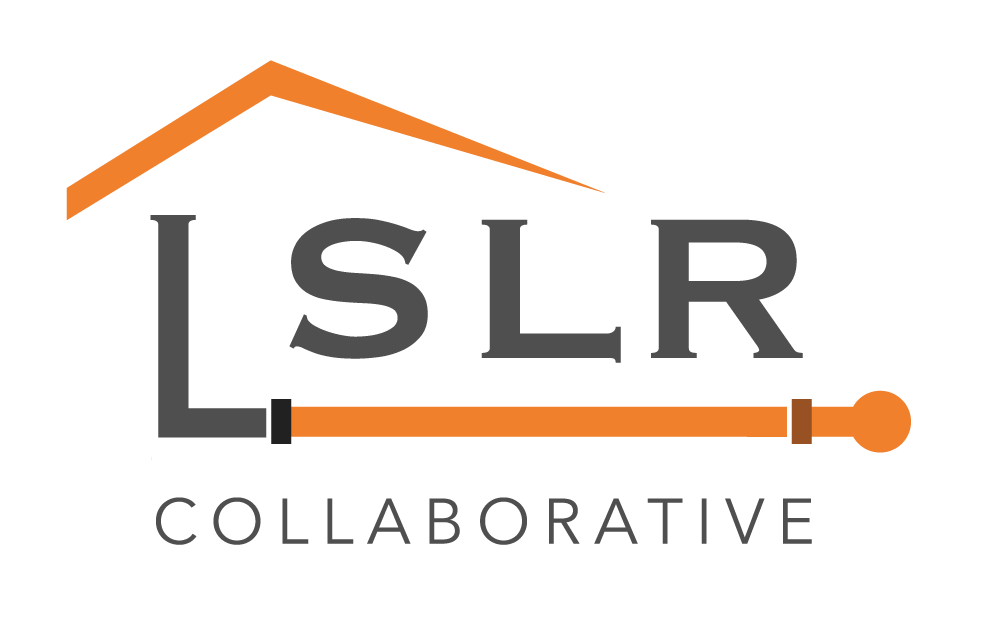|
City of Hornell to receive $528,750 HORNELL — Governor Andrew M. Cuomo has announced that $10 million will be awarded to 18 municipalities statewide to continue the state’s initiative to replace residential drinking water lead service lines through the New York State Department of Health’s Lead Service Line Replacement Program. Among them is the City of Hornell, which is receiving $528,750. Hornell and the City of Norwich were the award winners in the Southern Tier region. “New York has invested unprecedented funding to protect drinking water quality including critical infrastructure projects that are underway across the state,” Governor Cuomo said. “This next round of funding advances our commitment to helping municipalities upgrade outdated systems, helping improve health and keep our communities thriving.” The successful program has already awarded $20 million to communities to help offset replacement costs and is a key component of New York’s $2.5 billion Clean Water Infrastructure Act of 2017. The FY 2019 Budget continued the State’s historic multi-year investment in drinking water and wastewater infrastructure, with an additional $500 million commitment, which includes $10 million in funding for this program.
Senate Majority Leader Andrea Stewart-Cousins said, “New Yorkers deserve the peace of mind that the water coming from their taps is safe to drink. Replacing lead water lines must be a top priority, and the funds awarded today will help local communities throughout the state make this essential infrastructure investment. The Senate Democratic Majority was proud to work with the Governor and Assembly Majority to invest additional funds to modernize the state’s clean water infrastructure, and we will continue working to protect New Yorkers’ health and well-being.” Assembly Speaker Carl Heastie said, “Investments in water infrastructure are essential to ensuring that New Yorkers have access to clean and safe drinking water. Lead exposure can be particularly dangerous to the health of children and pregnant women, making this investment especially critical to the well-being of our communities.” Drinking water can be a source of lead exposure when service pipes that contain lead corrode, especially when the water has high acidity or low mineral content. The use of lead in residential water service lines began decreasing in the 1930s because of the evolution of regulations and construction practices; however, lead can leach into water when lead service lines, brass or chrome-plated brass faucets and fixtures with lead solder corrode. The U.S. Environmental Protection Agency estimates that drinking water contaminated with lead can contribute up to 20 percent or more of a person’s total lead exposure. Infants who consume mostly mixed formula can receive 40 to 60 percent of their exposure to lead from drinking water. This next round of awards follows $20 million allocated in the first round to 26 cities and towns, many of whose projects have been approved for construction. Eligibility for municipalities to participate in the Lead Service Line Replacement Program was based on the following criteria: percentage of children with elevated blood lead levels; median household income; and number of homes built before 1939 when lead service lines were used. Grants will be used to replace residential lead service lines from the municipal water main to the residence. New York State Department of Health Commissioner Dr. Howard Zucker said, “Eliminating exposure to lead, in all its forms, is essential to healthy development. This program is successfully targeting our highest-risk communities where replacing lead drinking water service lines can make a real difference in the future health and well-being of children.” Lead is especially harmful to young children and pregnant women. Replacing residential lead service lines is another example of New York’s forward-acting commitment to removing lead from our living environment. In 2007, New York introduced its Childhood Lead Poisoning Prevention initiative, which helps local health departments shape prevention activities in at-risk neighborhoods across the state. In 2016, New York State expanded its lead reduction strategies to schools by adopting first-in-the-nation mandated lead testing for drinking water in public schools and required public notification of results. The State currently has 100 percent compliance with school testing, and retesting will occur in 2020. Lead poisoning is caused by swallowing or breathing in lead and is especially bad for young children whose brains are still developing. Lead can harm a child’s growth, behavior and ability to learn. Women who are pregnant or planning to become pregnant should take extra care to avoid lead as it can be harmful to babies before they are born. New York State requires health care providers to test all children for lead with a blood lead test at age one and again at age two. At every well-child visit up to age six, health care providers must ask parents about any contact their child might have had with lead. If there was a chance of contact, providers are required to test for lead again. Parents can ask their child’s doctor or nurse if their child should get a lead test and what the lead test results mean. Comments are closed.
|
Have a suggestion for an article or blog to add?
Let us know! Type
All
Date
April 2023
|


 RSS Feed
RSS Feed